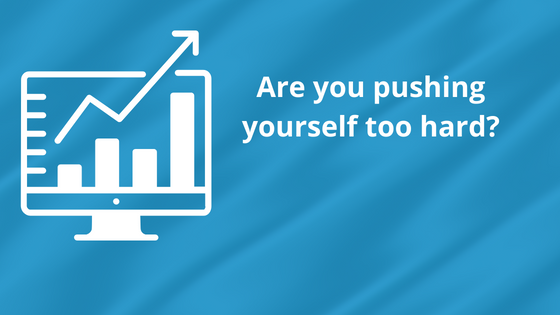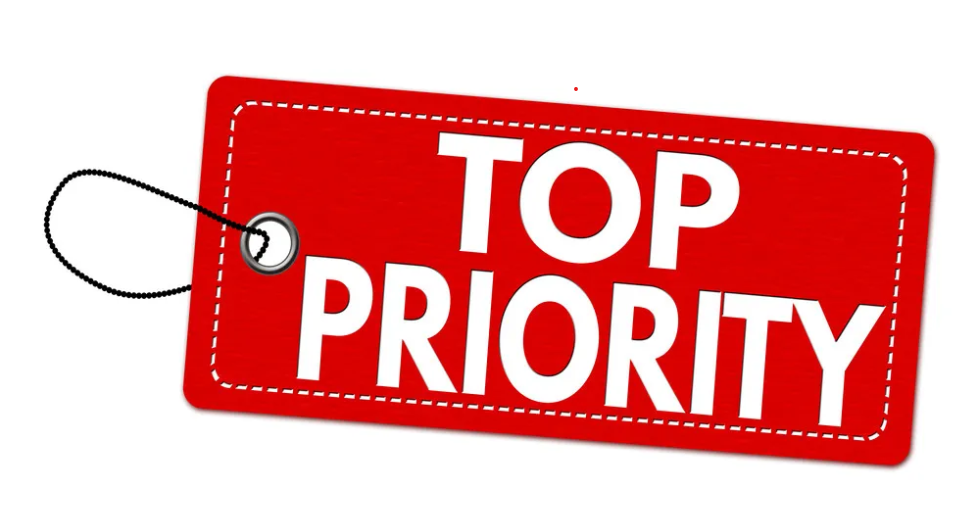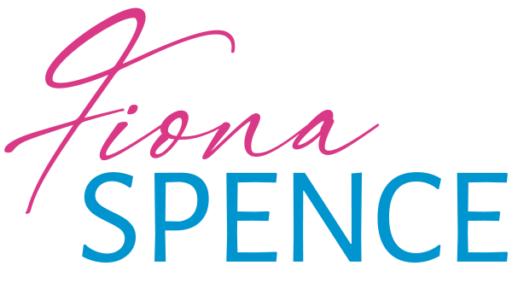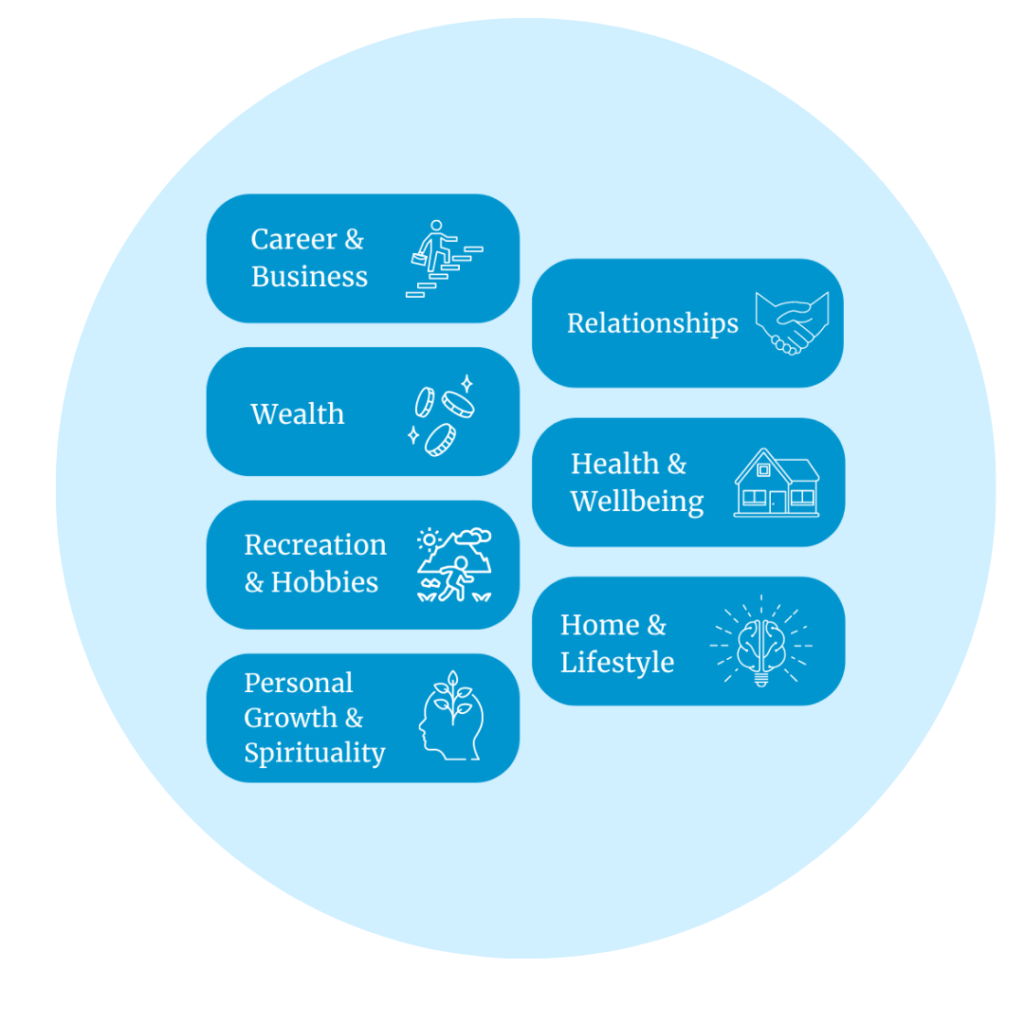How to Spot Signs of Mental Exhaustion and Prevent Emotional Burnout – PART ONE
Are you feeling constantly fatigued, even after a good night’s sleep? Are you struggling to find the motivation to complete tasks that you once found enjoyable? Do you feel detached from your work, your relationships, or your life in general? These may be signs of mental exhaustion, and if left unaddressed, can lead to emotional burnout.
Mental exhaustion is a type of fatigue that goes beyond just feeling tired. It’s a persistent sense of weariness that affects your ability to function, both at work and in your personal life. You may find yourself struggling to concentrate or making simple mistakes that you wouldn’t normally make.
Sarah’s Struggle with Mental Exhaustion and Emotional Burnout
But don’t worry, you’re not alone in this struggle. Let me introduce you to Sarah (not her real name!), a hardworking professional who experienced the impact of mental exhaustion first-hand. Sarah had a demanding job that required long hours and high levels of concentration. She pushed herself relentlessly, often sacrificing her own well-being for the sake of her career. At first, she thought she could handle the pressure, but gradually, she started noticing the signs of mental exhaustion creeping in.
Sarah’s energy levels plummeted, and she found it increasingly difficult to focus on her work. She became easily irritable, snapping at her colleagues and loved ones over minor things. Simple tasks felt overwhelming, and she struggled to find joy in activities she once loved.
It wasn’t until Sarah hit a breaking point that she realised she was experiencing emotional burnout, and to turn things around she needed to start prioritising her own well-being. So she took a step back and reflected on her situation, asking herself those crucial questions: Was she pushing herself too hard? (definitely) Was she neglecting self-care and relaxation? (very much so) Was she putting her needs first? (rarely, her habit was to put everyone else’s needs before her own).
Recognising she needed to change to avoid further burnout Sarah made a conscious decision to make self-care a priority. She started setting boundaries at work, allowing herself regular breaks and time to recharge. She incorporated relaxation techniques into her daily routine, such as deep breathing, to help reduce stress levels.
Sarah also sought support from a life and career mindset coach (yours truly!), who provided guidance and tools to help her navigate her challenges and shift her mindset towards one of balance and fulfilment. With her coach’s support, Sarah gained valuable insights and strategies to overcome mental exhaustion, recover from burnout, and create a sustainable ongoing healthy approach to her career and life.
Sarah’s story serves as a powerful example of how important it is to listen to your mind and body and to give yourself permission to prioritise self-care.
Remember, mental exhaustion is not a sign of weakness; it’s a signal that you need to take a step back and nurture your well-being or you may well experience complete emotional burnout. So, take Sarah’s experience as your cue to assess your own situation and make positive changes that will help you prevent complete burnout. You deserve it!
If you’re experiencing any of the symptoms of Emotional Burnout, remember that you’re not alone. Burnout is a common issue that affects many professionals, and there are steps you can take to prevent it from becoming a more significant problem. In the next part of this article, we’ll explore some strategies for preventing burnout and what to do if you’re already feeling burnt out.
Are you Heading For Emotional Burnout? Ask Yourself These Three Key Questions

As you embark on your journey to prevent burnout and prioritise your mental health, there are three crucial questions you should ask yourself:
Qu 1. Am I pushing myself too hard?
Take a moment to assess your workload and identify any areas where you may be overexerting yourself. Are you consistently working long hours without breaks? Do you find it difficult to say no to additional responsibilities? Recognising the signs that you are overdoing it and knowing when to press pause is vital for maintaining a healthy work-life balance.
On a scale of 1 to 10, where 1 signifies not pushing yourself at all and 10 represents pushing yourself to the limit, honestly evaluate where you currently stand. This will provide valuable insight into the level of intensity you’re subjecting yourself to.
Qu 2. Am I taking enough time for self-care and relaxation?
It’s easy to get caught up in the hustle and bustle of everyday life, but carving out dedicated moments for self-care is essential. Are you giving yourself enough time to engage in activities that bring you joy and help you recharge? Are you neglecting your physical and mental well-being in favour of constant productivity? Remember, self-care is not a luxury but a necessity for your overall well-being.
On a scale of 1 to 10, where 1 indicates taking ample time for self-care and 10 signifies seriously neglecting self-care and struggling to relax, honestly assess where you currently sit. This will shed light on whether you are prioritising your own well-being adequately.
Qu 3. Am I putting myself and my needs first?
It’s all too common to place the needs of others or the demands of work above our own well-being. However, setting boundaries and making self-care a priority is not selfish—it’s necessary. Are you advocating for yourself and setting clear boundaries with your workload and personal commitments? Are you prioritizing your mental health and making conscious choices that support your well-being? Remember, taking care of yourself is essential for your long-term success and happiness.
On a scale of 1 to 10, where 1 represents consistently putting yourself and your needs first and 10 means you are constantly neglecting your own well-being for the sake of others or work, thoughtfully evaluate where you currently stand. If you have a high score for Qu 2 you may well find you have a high score for this question too. If you are consistently prioritising others needs over yours, and feel a sense of shame or guilt when you put your needs first it’s time to re-evaluate your approach to self-care and setting boundaries.
Make Checking in with Yourself a Priority

Taking the time to regularly check in with yourself and revisit these key questions can greatly contribute to preventing mental exhaustion and emotional burnout. Consider incorporating this practice into your routine on a weekly or monthly basis to ensure you prioritize your well-being consistently.
Setting a reminder on your phone, creating a recurring event in your calendar, or even jotting down a note in your diary can serve as valuable cues to pause and reflect. By dedicating these moments to self-reflection, you gain an opportunity to assess your current state, make necessary adjustments, and reinforce healthy habits.
Consistently checking in with yourself offers numerous benefits. It allows you to stay attuned to your limits, identify potential areas of improvement, and take proactive steps to maintain a healthy work-life balance. Regular self-care and relaxation become ingrained as non-negotiable components of your routine, ensuring you prioritize your mental and physical well-being. Additionally, consistently advocating for yourself and setting boundaries fosters a sense of empowerment and control over your own life and reduces the likelihood of succumbing to emotional burnout.
Remember, prevention is key. By making regular self-assessment a part of your routine, you actively safeguard yourself against the detrimental effects of mental exhaustion. Take that step towards self-care and commit to checking in with yourself regularly. Your well-being deserves this attention, and the long-term benefits will be immeasurable.
Before we dive into Part Two, where we will explore effective strategies for preventing emotional burnout, it may be beneficial for you to read about the Eight Key Causes of Burnout at Work and the Seven Key Causes of Burnout for Business Owners. This comprehensive resource will provide valuable insights into the underlying factors that contribute to burnout and help you gain a deeper understanding of these challenges. You can access this informative article here.
Part Two: Five Emotional Burnout Prevention Strategies – is here!
In Part Two, I delve deeper into Emotional Burnout Prevention Strategies. We’ll explore practical tips and techniques to help you proactively manage stress, maintain a healthy work-life balance, and nurture your overall well-being. By implementing these strategies, you’ll be better equipped to prevent emotional burnout and create a more fulfilling and sustainable life. So click here to read the next instalment now.
If you haven’t already, remember to read about the key causes of burnout in the workplace and for business owners. This knowledge will provide valuable context as we continue our journey towards preventing burnout.
In the meantime, if you have any questions or would like to share your thoughts, please don’t hesitate to reach out. I’m here to support you every step of the way.

The Remarkable Kathleen Casford is the Creative Overlord of By Ninja
“My name is Kathleen and I am the Founder and Creative Overlord of By Ninja, an award-winning brand studio based in Meanjin (Brisbane) Australia.
I first met Fiona at a networking event, and we caught up about a week later to learn more about what each other do. At the time, I knew something within myself wasn’t going so well. We got chatting, and as Fiona started describing the types of people she helps and some of the trigger words they express, a game of ‘bingo’ was happening in my head (I got bingo). I genuinely loved what I do, but I was exhausted. I was not coping with the pressure I’d put on myself to be everything to everyone (but myself). I was frustrated, hyper-emotional, barely sleeping and constantly injuring myself at sports.
During my first session with Fiona, we explored a ‘sleep hack’. That night, I had one of the best sleeps I’d had in a very long time. Sleeping better immediately helped shift my mindset into a more effective space.
In a nutshell, that’s how Fiona works, it’s what she does — she empowers you with the knowledge and tools you need to conquer your ‘thing’, and deliver the greatest, long-term impact.
Six months on and I am so proud of the version of ‘me’ that I have grown into. I have an understanding of what drives me and why. I am more balanced. I sleep. I am more effective overall — a better founder, creative, mentor, friend, daughter, and partner. I have a clearer vision of my future, and what exactly is driving the legacy that I want to build. I am maturing into the version of myself that will actually enable me to achieve my goals, sustainably.”
A little more on Kathleen – Kathleen was a Finalist for the 2023 Telstra Best of Business Awards Promoting Sustainability, is a recipient of the Lord Mayor’s Women in Business Grant and has been awarded Gold Medals at the National Print Awards, for Designer of the Year and Branding and Identity.
Free Clarity Call
If you’re interested in booking an obligation-free chat with me, simply click the button below.
I look forward to helping you achieve greater clarity and success in your life and career and the job satisfaction you deserve.
Please click the button below if you’d like to book an obligation-free chat with me.


Leave A Comment